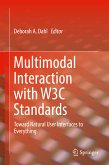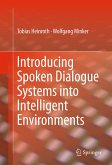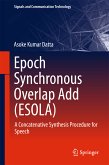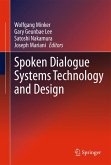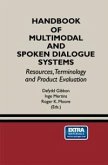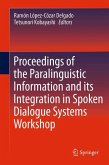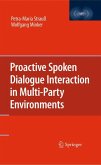Furthermore, the book describes a parameter-based data model, as well as a related framework. Both are used to uniformly describe multimodal human-computer interactions and to provide such descriptions for usability evaluations. Finally, the book proposes a new two-stage method for the evaluation of UBSs. The method is based on the computation of a distance measures between two dialogue corpora andthe pair-wise comparison of distances among several dialogue corpora.
Dieser Download kann aus rechtlichen Gründen nur mit Rechnungsadresse in A, B, BG, CY, CZ, D, DK, EW, E, FIN, F, GR, HR, H, IRL, I, LT, L, LR, M, NL, PL, P, R, S, SLO, SK ausgeliefert werden.



